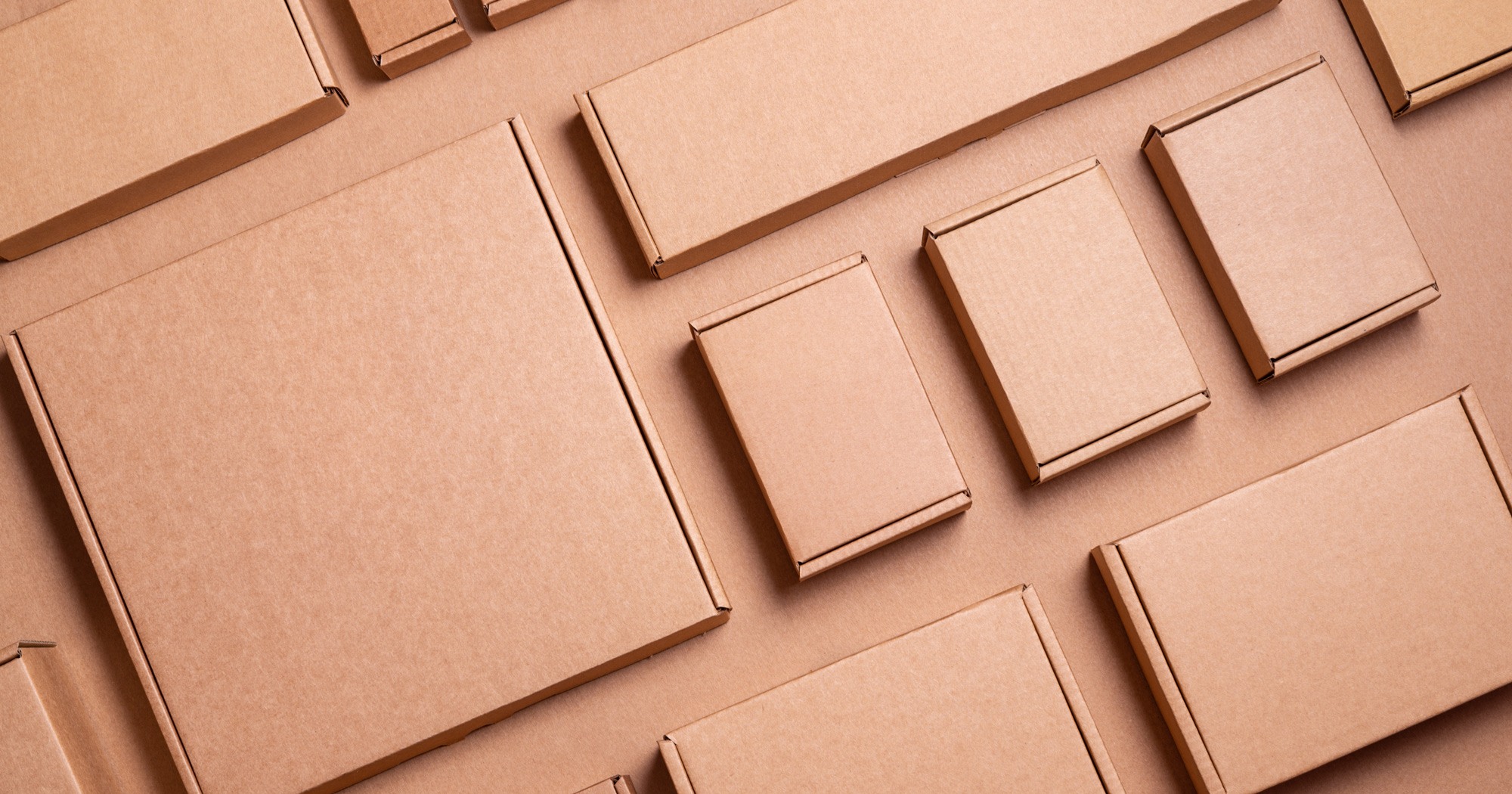Folding cartons are among the top packaging options for good reason. Not only are folding cartons affordable and versatile but they also offer the protection many products need. However, there are many different folding carton types available, including various styles and materials. Because there are so many types of boxes for packaging, it’s important to be familiar with common options so you can determine which is best suited for your product.
What Are Paperboard Folding Cartons?
Paperboard folding cartons are one of the most versatile, cost-effective, and widely used packaging solutions available. The material is made from virgin wood pulp and recycled paper pulp, resulting in a sturdy, lightweight, and sustainable end-product for packaging. These cartons are designed to be cut and folded into various shapes and sizes. Their construction allows for easy assembly and efficient storage. Paperboard material is excellent for printing, which makes it ideal for high-quality branding, labeling, and graphics. Several substrates are also treated to enhance durability, moisture resistance, and other barrier properties.
Common Types of Folding Carton Packaging
While there are a lot of folding carton styles and types of paperboard box closures, there are a few popular choices you should know about.
Straight Tuck
A straight tuck end box has closure flaps on the top and bottom attached on the same side of the main panel. With this design, the flaps fold from front to back in the same direction, making assembly simple. Slit locks keep lightweight or medium-weight products secure inside.
Ideal packaging for:
Health & Beauty
Medical
Pharmaceutical
Reverse Tuck
Reverse tuck folding cartons are almost identical to straight tuck boxes. The only real design difference is the end panels. The top closure is attached to the back of the box while the bottom is fixed to the front, meaning they fold in opposite directions. This is the most economical version of the tuck-style cartons, as there are limited internal scraps. These options are best suited for low-volume or hand-filled applications for lightweight products. High-volume applications can be used in combination with specialized cartoning equipment.
Ideal packaging for:
Confectionary
Health & Beauty
Top Tuck
Top tuck packaging features a top flap that is secured by being tucked into the front of the box. These boxes are utilized when top loading of the product is desired. The base of the box can be either an auto bottom or 1-2-3 locking bottom (see Lock Bottom and Auto Bottom). Because they’re so sturdy, top tucks can be used to hold and protect heavier products.
Ideal packaging for:
Bakery
Food & Food Service
Health & Beauty
Lock Bottom
Sometimes called a 1-2-3 bottom box, lock bottom folding cartons have flaps on the bottom that push into each other to form a flat base. The top closure is a standard tuck top with dust flap panels.
Ideal packaging for:
Food & Food Service
Confectionary
Bakery
Health & Beauty
Auto Bottom
Sometimes called crash bottoms, auto bottom boxes are very similar to lock bottoms. The main difference is that auto bottoms have a pre-glued bottom that locks into place. This provides a faster set-up when loading. It’s another good choice for low-volume or hand-filled applications which require a top load application.
Ideal packaging for:
Bakery
Confectionary
Food & Food Service
Seal End
Seal end folding cartons are known for their end panels being glued at the time of filling. Product is loaded through the end panels, before gluing. This seal secures product contents. This style is commonly used with high-speed cartoning equipment.
Ideal packaging for:
Automotive/Industrial
Pharmaceutical
Food & Food Service
Custom Folding Cartons
If you require something highly tailored to your product, custom folding cartons are the way to go. Using a customer-supplied product, a packaging partner can work with you to determine your exact dimension requirements. A custom CAD sample will then be supplied, and possibly redefined, to create the exact carton needed for this specific product.
Folding Carton Materials
Folding cartons are made from paperboard. Although there are many different types of paperboard available, the industry typically uses four kinds.
1. Coated Natural Kraft (CNK) Paperboard
CNK, also called Solid Unbleached Sulfate (SUS), is a kraft paperboard material made from wood pulp. A white clay is used to coat either one or both sides of the paperboard, which provides moisture and tear resistance. The clay coating also offers a matte finish for smooth, high-quality printing and graphics.
2. Clay Coated Newsback (CCN) Paperboard
CCN paperboard is manufactured from recycled materials. It also has a white clay coating and semi-gloss finish. The backside is usually a lighter gray than CNK due to its recycled paper content. However, a full range of printing and embellishments can be added.
3. Solid Bleached Sulfate (SBS) Paperboard
SBS paperboard is considered a premium material. It is manufactured with chemically whitened wood pulp that leaves a high-gloss finish. Because of its finish, printed colors, texts, and other graphics really pop compared to alternatives.
4. Uncoated Unbleached Kraft (UUK)
UUK paperboard is a single-ply material that remains unbleached and uncoated, giving it a natural brown color. Since it does not undergo the bleaching and coating processes, it is fully recyclable. Despite its uncoated nature, UUK paperboard provides excellent tear resistance and durability for cartons. Additionally, it offers good printability, often comparable to that of coated and bleached alternatives.


